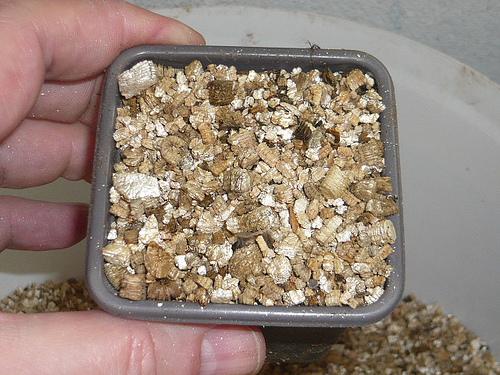Proper preparation of holes for planting trees is necessary for tree growth and survival.
Trees are available at plant nurseries and garden centers in different container sizes and as bare root, and balled and burlapped.
Each method has advantages and disadvantages and requires different handling and planting techniques.
Information on planting trees and shrubs is available from the resources listed below.
Additional Resources:
Southeast
Florida – Planting Hole Size and Configuration
South Carolina – Planting Trees Correctly
Midwest
Nebraska …


